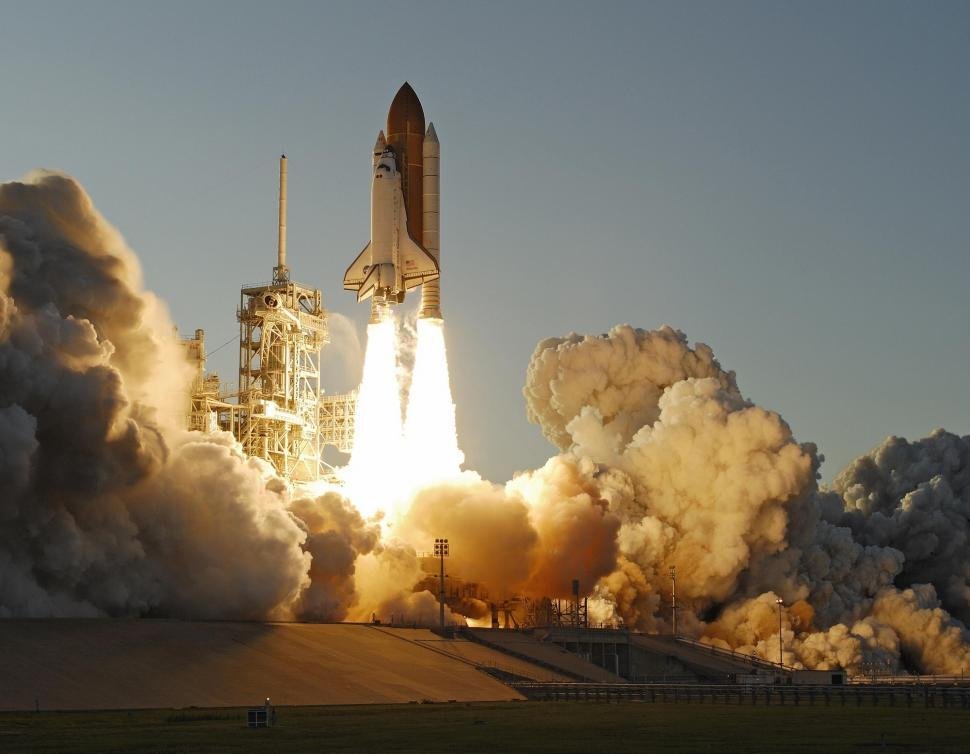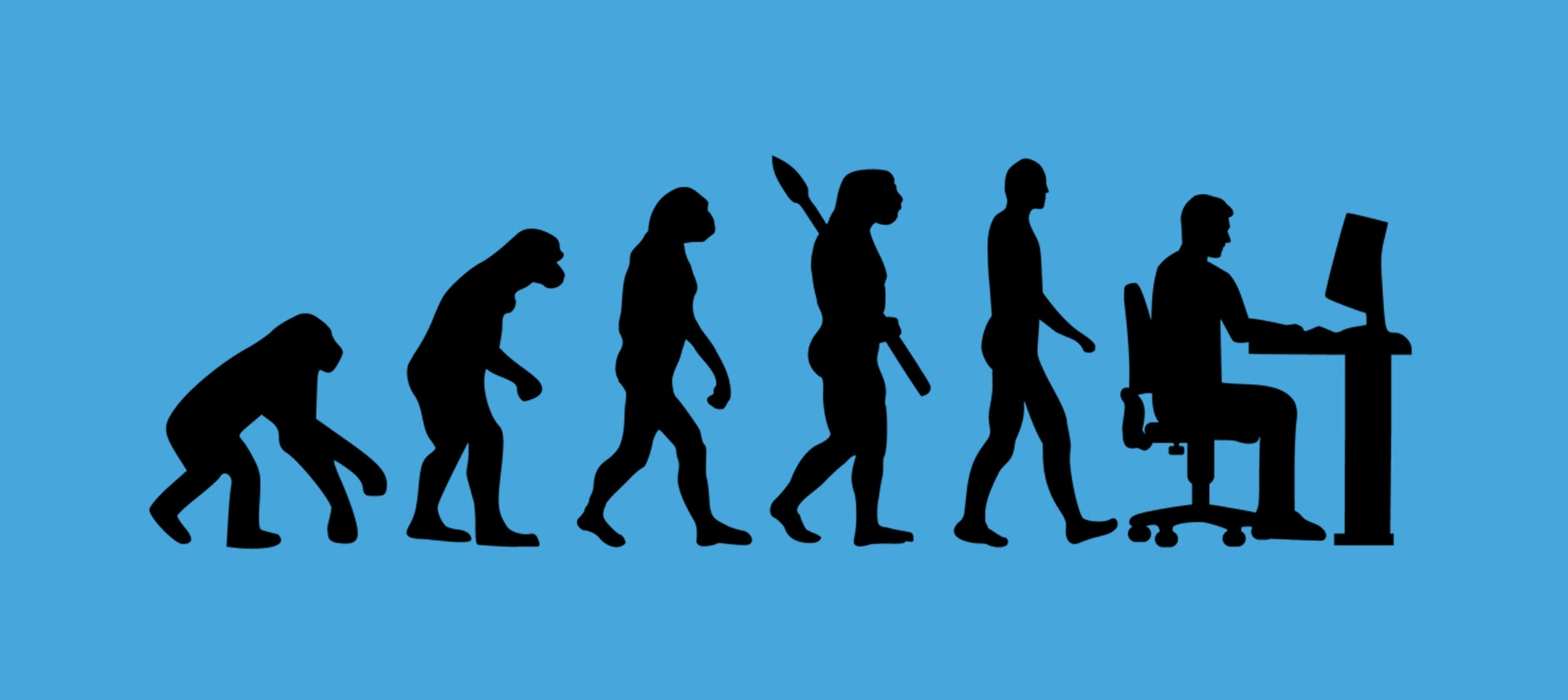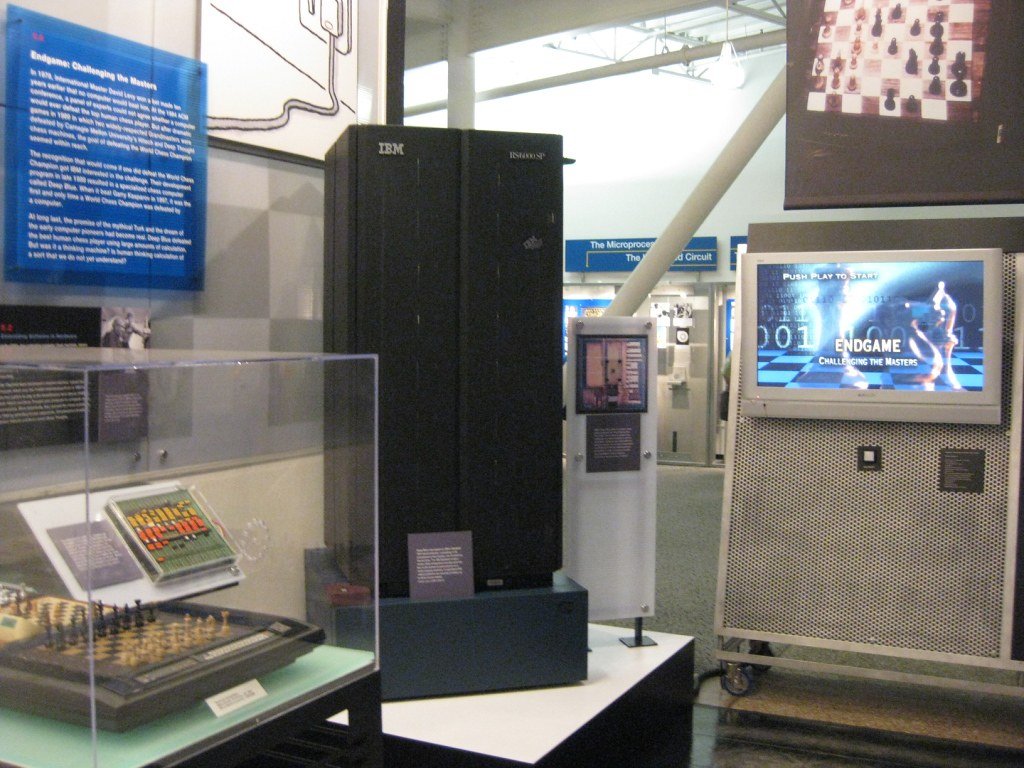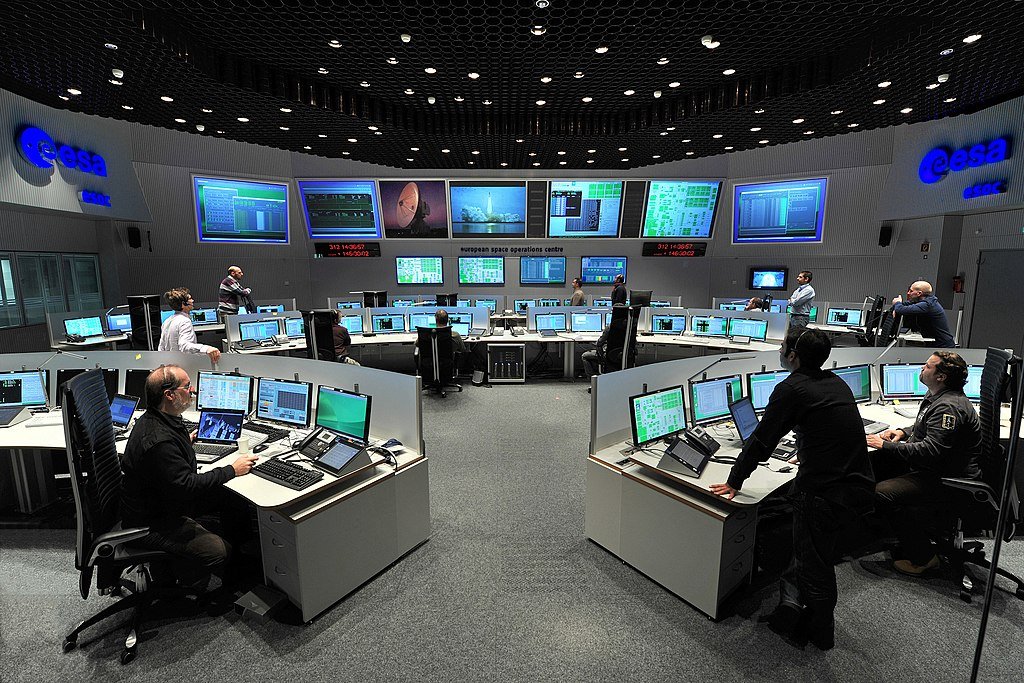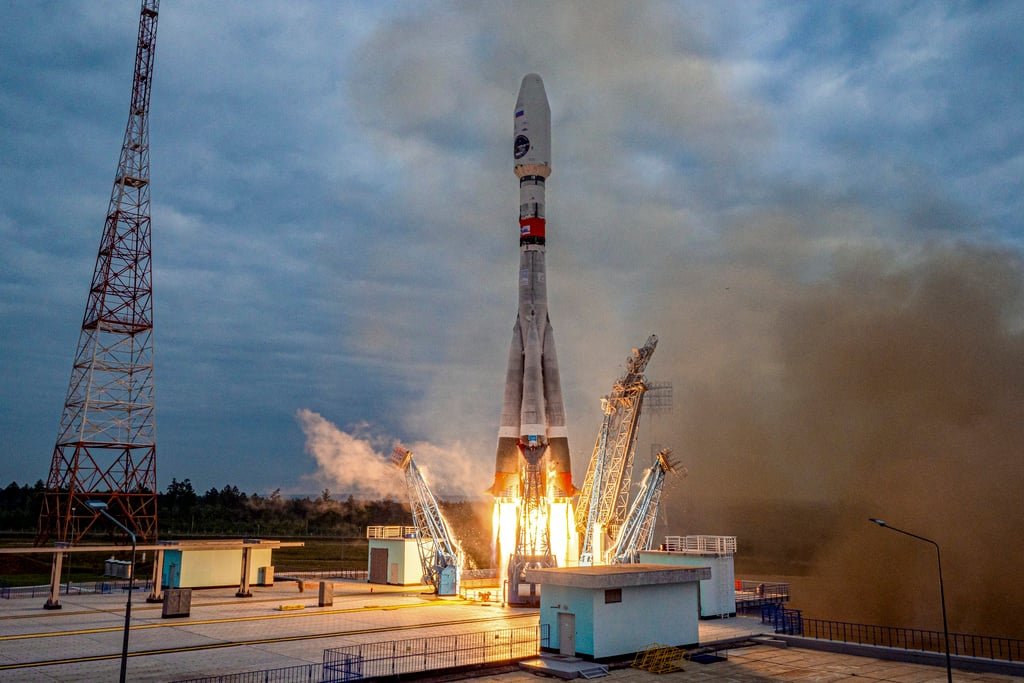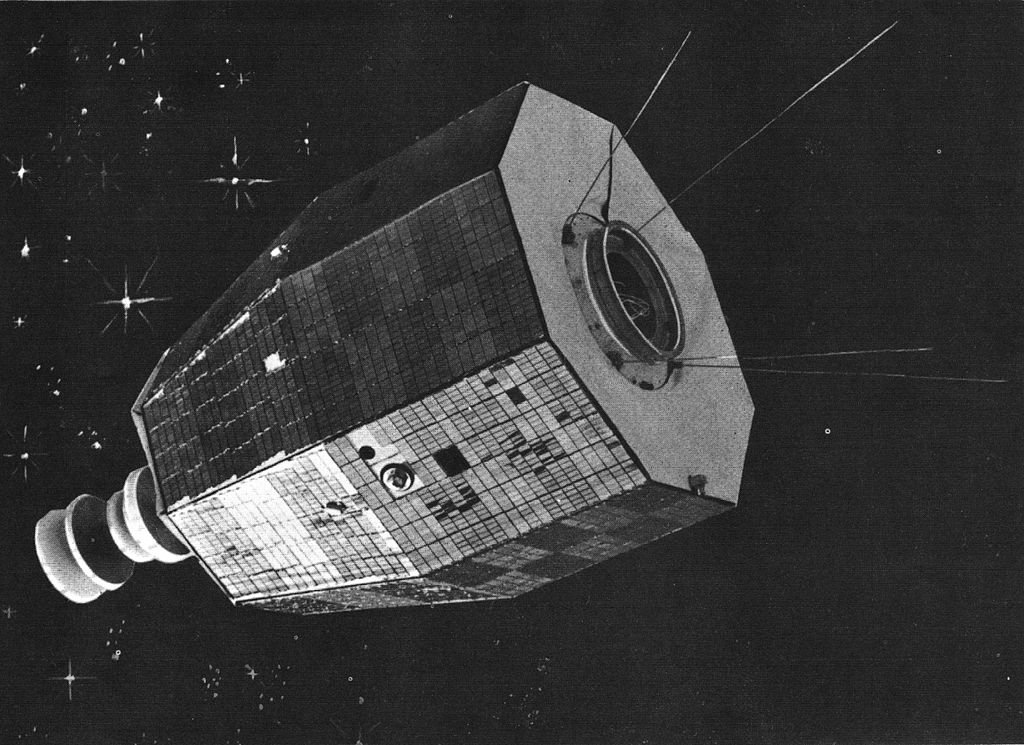The Solar System, a celestial marvel that has captivated human curiosity for millennia, is a testament to the relentless pursuit of knowledge through scientific observation. This remarkable system encompasses our sun, planets, moons, asteroids, and comets and has been a focal point of exploration and inquiry for astronomers and scientists throughout history.
From the earliest civilizations who gazed at the night sky to modern-day researchers equipped with cutting-edge telescopes and spacecraft, the Solar System has been a source of wonder, mystery, and discovery. Scientific observation lies at the heart of our evolving understanding of this cosmic neighborhood, as astronomers and scientists meticulously collect data, conduct experiments, and develop theories to unravel its secrets.
Astronomers, with their telescopes and keen eyes, have played a pivotal role in charting the movements of planets and deciphering the celestial dance that unfolds within our Solar System. Over the centuries, their meticulous observations have led to groundbreaking insights into the nature of our cosmic surroundings.
In this exploration of the Solar System, we will embark on a journey through time and discovery, tracing the footsteps of astronomers and scientists who have illuminated the celestial pathways and unveiled the wonders concealed within the vastness of space. Their dedication to scientific observation has deepened our knowledge of our cosmic neighborhood and enriched our understanding of the universe beyond. Join us as we delve into the captivating story of the Solar System, a tale interwoven with the passion and curiosity of countless scientists and astronomers across the ages.
Table of Contents

Who was the first person to discover solar?
The concept of the Sun, as the central celestial body in our solar system, predates recorded history, and it cannot be attributed to a single individual as a “discovery” in the traditional sense. Early humans from various ancient civilizations, including the Egyptians, Babylonians, Greeks, and indigenous cultures, observed and revered the Sun for its life-sustaining warmth and light. They developed mythologies, religious beliefs, and calendars based on solar observations.
In terms of scientific understanding, the ancient Greeks made significant contributions. Anaxagoras (c. 500-428 BCE) proposed that the Sun was a fiery rock or metal, and Aristarchus of Samos (c. 310-230 BCE) was among the first to suggest a heliocentric model of the solar system. However, it wasn’t widely accepted in his time.
So, while we can’t attribute the “discovery” of the Sun to a single person, it is a fundamental celestial object that has been observed and studied by countless individuals throughout human history, each contributing to our evolving understanding of the Sun’s nature and significance.
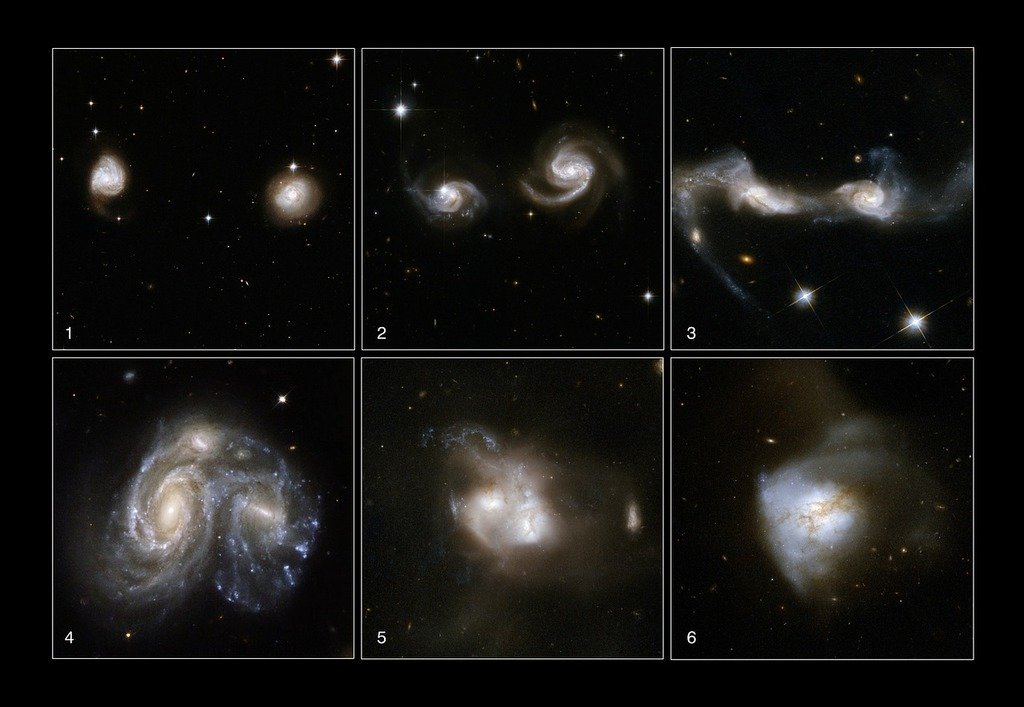
How many galaxies are there?
The number of galaxies in the observable universe is a mind-boggling and ever-evolving question in astronomy. Current estimates suggest more than 2 trillion galaxies, but this number is constantly refined as our observational technology improves.
Our understanding of the vastness of the universe grew significantly with the Hubble Space Telescope’s deep-field observations, which revealed numerous distant galaxies. Each galaxy can contain billions to trillions of stars and various celestial objects like planets, asteroids, and nebulae.
Galaxies come in various shapes and sizes, including spiral, elliptical, and irregular. The Milky Way, our home galaxy, is a barred spiral galaxy with hundreds of billions of stars.
As telescopes become more powerful and our observational techniques advance, we discover fainter and more distant galaxies, further expanding our total estimate. The true number of galaxies may remain a topic of ongoing research, but we know that the universe is incredibly vast and diverse, teeming with galaxies beyond imagination.
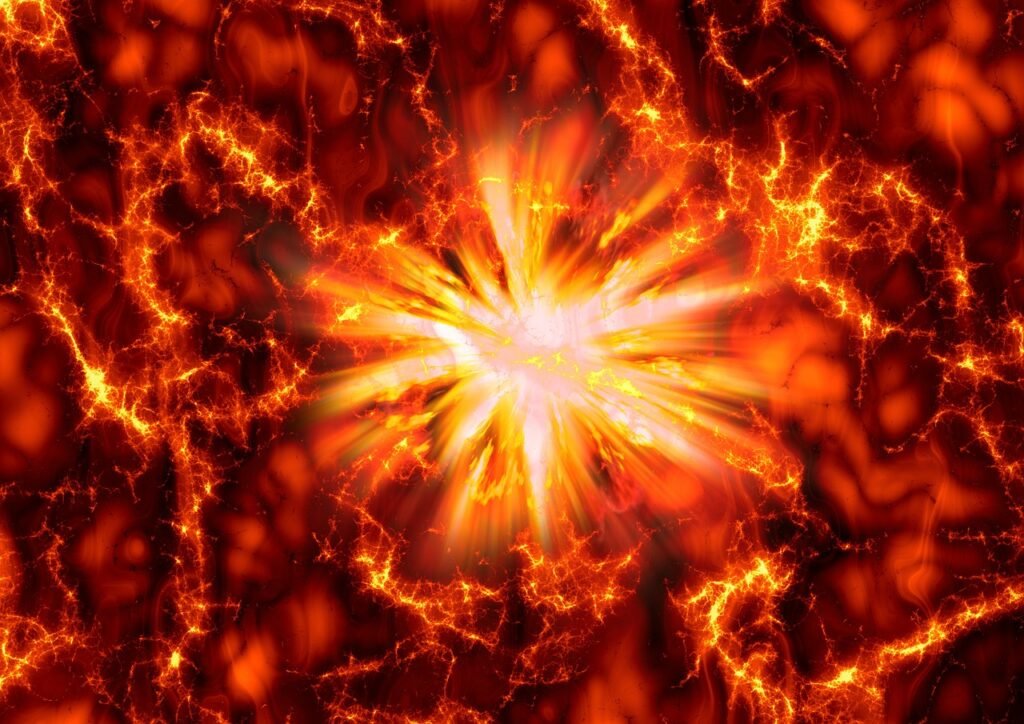
How did the universe begin?
The exact origin of the universe is still a topic of scientific investigation and theoretical exploration, but the prevailing cosmological model is the Big Bang theory. According to this theory, the universe began approximately 13.8 billion years ago from a singularity—a point of infinite density and temperature. At this moment, space, time, and all the matter and energy in the universe originated.
As the universe rapidly expanded, it cooled, allowing the formation of fundamental particles like protons, neutrons, and electrons. Eventually, these particles combined to form atoms, which later clumped together to create galaxies, stars, and planets. Over billions of years, galaxies continued to evolve, and within them, stars went through their life cycles, producing elements necessary for the formation of planets and, ultimately, life.
While the Big Bang theory provides a well-supported framework for the universe’s origin and evolution, the specific mechanisms that triggered the Big Bang and what, if anything, existed before it remains subjects of ongoing scientific research and exploration.

Exploring the Solar System
The discovery and understanding of our solar system is a testament to centuries of human curiosity and scientific inquiry. This gradual process involved the contributions of many astronomers and scientists over the years, each building upon the knowledge of their predecessors.
Ancient civilizations such as the Babylonians, Greeks, and Ptolemaic Egyptians observed the night sky and developed geocentric models with the Earth at the center. However, the pivotal moment came in the 16th century when Nicolaus Copernicus proposed the heliocentric model, placing the Sun at the center of our solar system.
Johannes Kepler’s laws of planetary motion in the 17th century accurately described the orbits of planets, while Galileo Galilei’s telescopic observations revealed celestial phenomena that challenged the geocentric view.
Isaac Newton’s law of universal gravitation provided a theoretical framework for understanding the motions of celestial bodies, and advancements in observational technology furthered our knowledge. The discovery of the asteroid belt, Kuiper Belt, and Oort Cloud expanded our understanding of our solar system’s structure.
In the modern era, space exploration missions, like the Voyager probes and the Hubble Space Telescope, have provided invaluable insights, enhancing our comprehension of the planets, moons, and other celestial bodies within our solar system. This collaborative effort across centuries has shaped our current understanding of the solar system’s origins and dynamics.
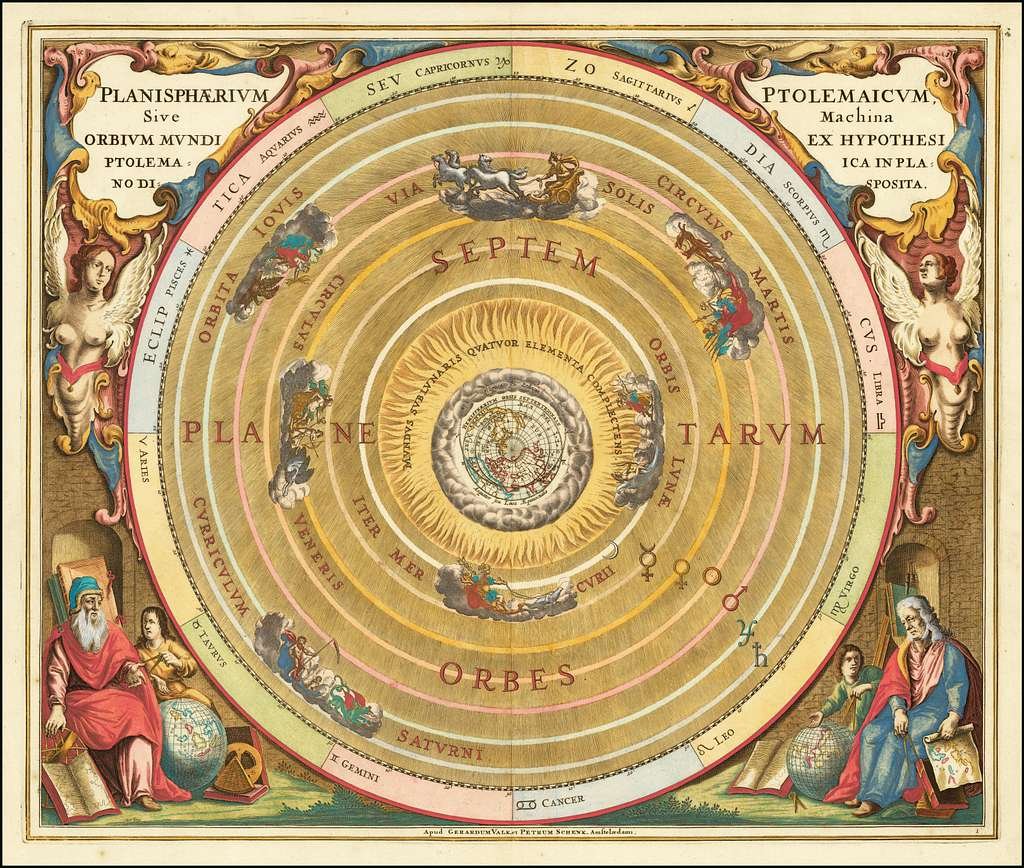
Geocentric Model (Ancient Times)
In ancient civilizations, including Babylonian, Greek, and Ptolemaic Egypt, the prevailing model of the universe was geocentric. This means that Earth was believed to be the center of the universe, and all celestial objects, including the Sun, planets, and stars, were thought to revolve around it.

Heliocentric Model (16th Century)
A Polish astronomer, Nicolaus Copernicus, published his groundbreaking work “De revolutionibus orbium coelestium” in 1543. In this book, he proposed a heliocentric solar system model, suggesting that the Sun was at the center, and Earth and the other planets orbited it. This marked a significant shift in our understanding of the solar system.
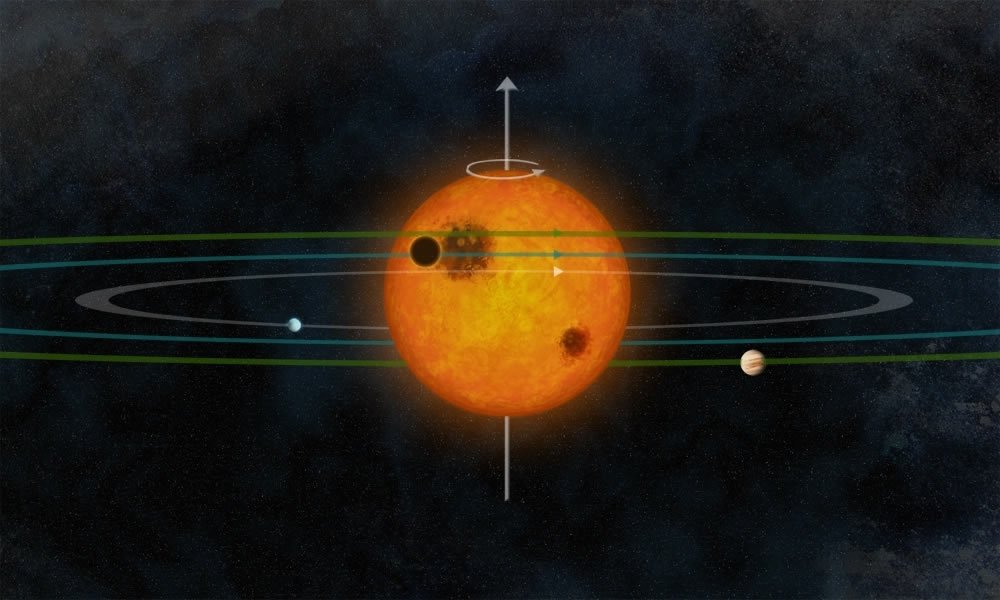
Kepler’s Laws of Planetary Motion (17th Century)
Johannes Kepler, a German mathematician and astronomer, formulated three laws of planetary motion between 1609 and 1619. These laws described the elliptical orbits of the planets around the Sun, providing a more accurate description of their movements.

Galileo’s Observations (17th Century)
An Italian scientist, Galileo Galilei, made essential observations using a telescope he built in 1609. He observed the phases of Venus, the four largest moons of Jupiter (now known as the Galilean moons), and the mountains and craters on the Moon. These observations provided strong evidence against the geocentric model.
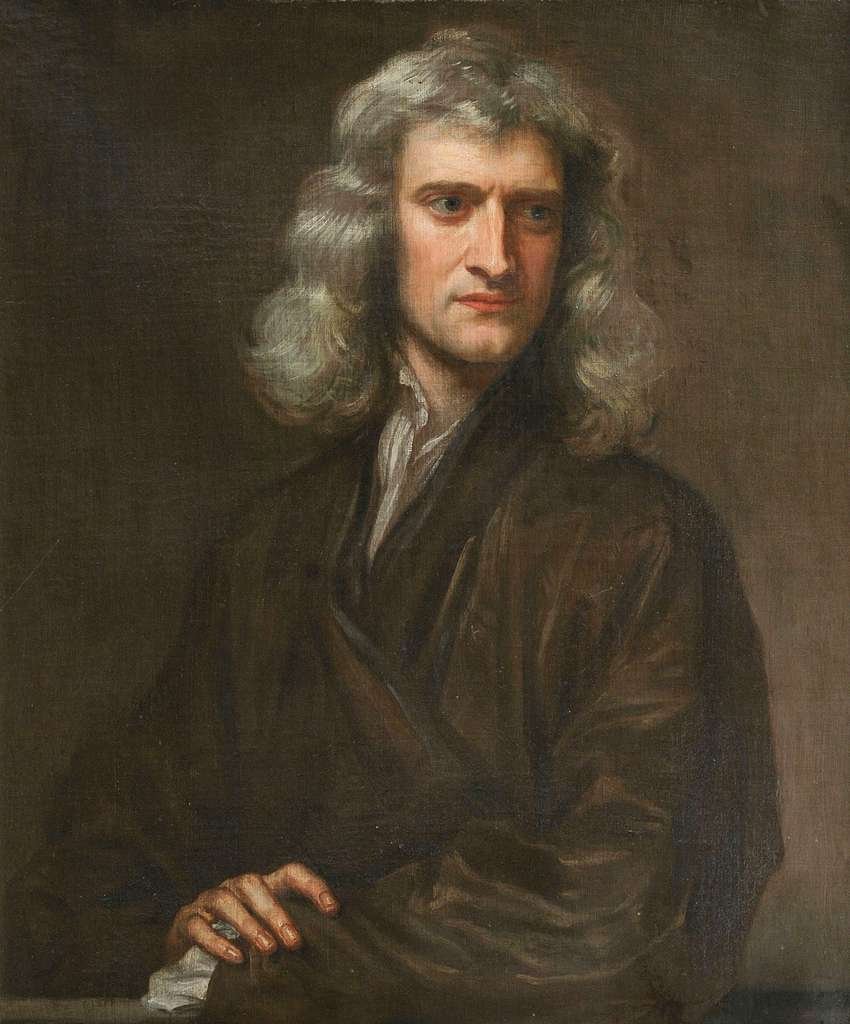
Newton’s Law of Universal Gravitation (17th Century)
Sir Isaac Newton’s law of universal gravitation, published in his “Philosophiæ Naturalis Principia Mathematica” in 1687, explained the gravitational forces that govern the motion of celestial bodies. This law provided a theoretical framework for understanding the motion of planets within the solar system.

Modern Understanding (18th Century to Present)
Advances in observational technology, including improved telescopes and space probes, have allowed astronomers to study the solar system in greater detail. Discoveries such as the asteroid belt between Mars and Jupiter, the Kuiper Belt, and the Oort Cloud have expanded our understanding of the solar system’s structure.
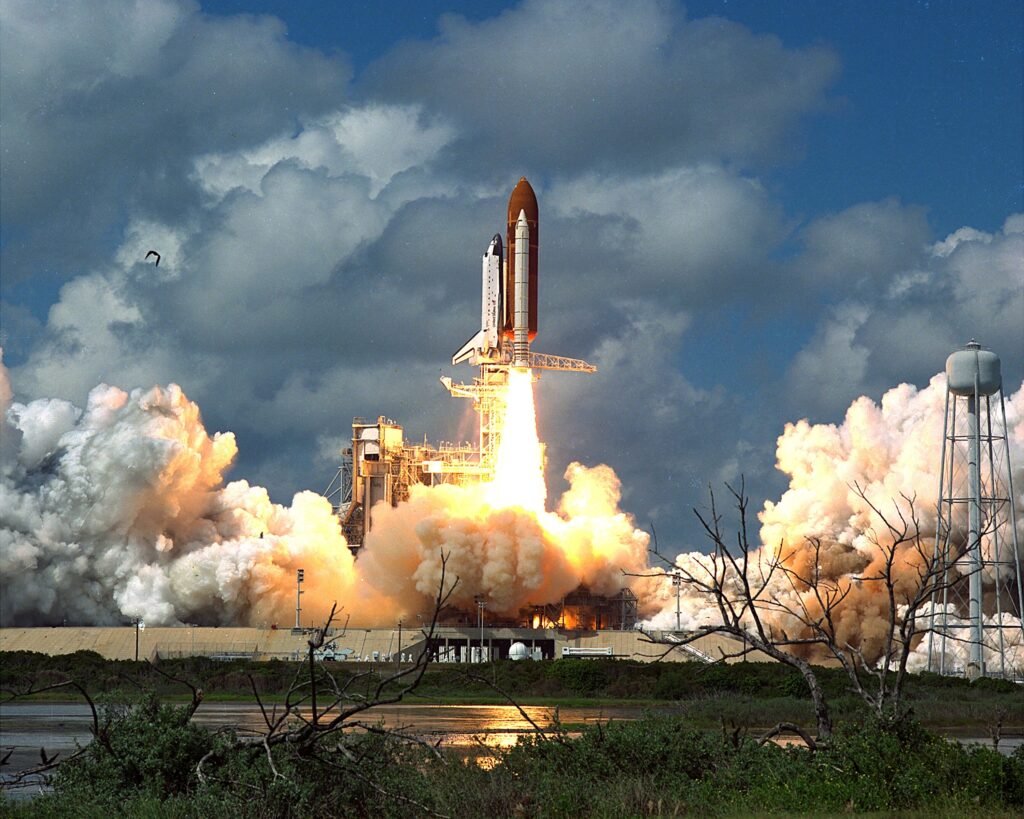
Space Exploration (20th Century to Present)
The exploration of space by spacecraft and space telescopes, such as the Hubble Space Telescope and the Voyager missions, has provided detailed data about planets, moons, and other celestial objects within our solar system. These missions have deepened our understanding of the solar system’s composition and dynamics.
The discovery and understanding of our solar system is a fascinating journey that spans millennia and has seen the contributions of countless astronomers and scientists. It began in ancient civilizations where the prevailing view was geocentric. In this view, Earth was believed to be the center of the universe, with celestial objects, including the Sun and planets, thought to orbit around it. This geocentric model held sway for centuries.
One of the pivotal moments in our understanding of the solar system came in the 16th century with the work of Nicolaus Copernicus. In his revolutionary book “De revolutionibus orbium coelestium” (1543), Copernicus proposed a heliocentric model, suggesting that the Sun, not Earth, was at the center, and planets, including Earth, orbited the Sun. This marked a paradigm shift but was met with resistance and skepticism.
The work of Johannes Kepler, who formulated his laws of planetary motion in the early 17th century, further refined our understanding. Kepler’s laws described the elliptical orbits of planets around the Sun, providing a more accurate description of their movements.
Galileo Galilei’s telescopic observations of celestial objects, such as the phases of Venus and the moons of Jupiter, in the early 17th century, provided empirical evidence supporting the heliocentric model and challenged the geocentric view.
In the late 17th century, Sir Isaac Newton’s law of universal gravitation provided a theoretical foundation for understanding the gravitational forces that govern the motion of celestial bodies within the solar system.
Advances in observational technology and space exploration in the 20th and 21st centuries have deepened our understanding of the solar system. Space probes, like Voyager and Mars rovers, have provided detailed data about planets and moons, while space telescopes like Hubble have allowed astronomers to peer deep into the cosmos.
The discovery of our solar system is a story of gradual enlightenment, where the geocentric worldview gave way to the heliocentric model and eventually to our modern understanding of the solar system’s structure and dynamics, thanks to the relentless pursuit of knowledge by generations of scientists and astronomers.

